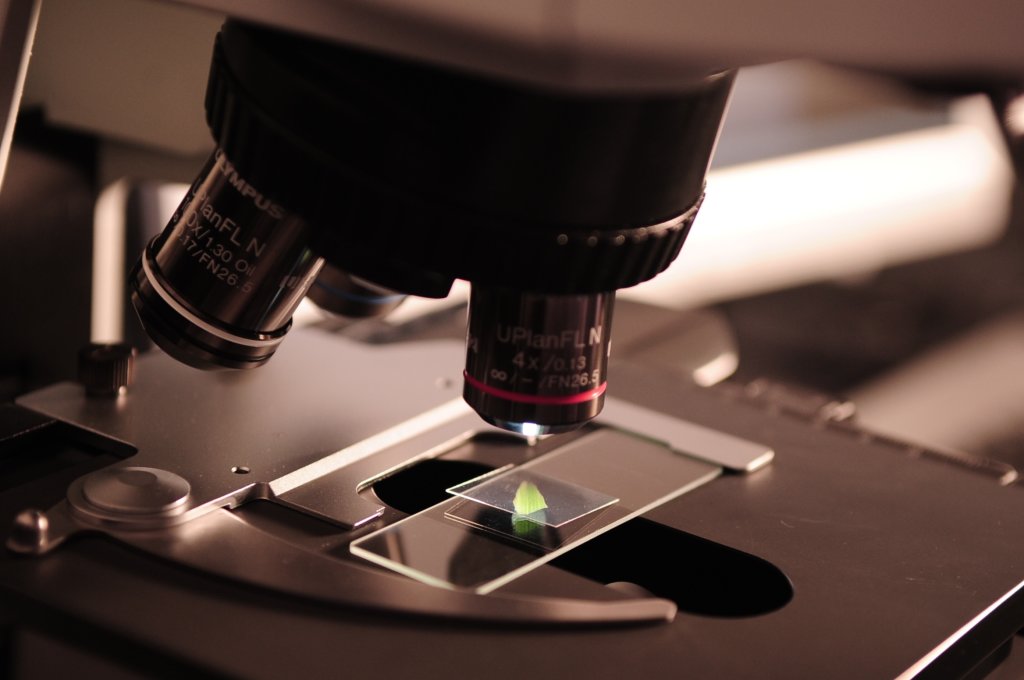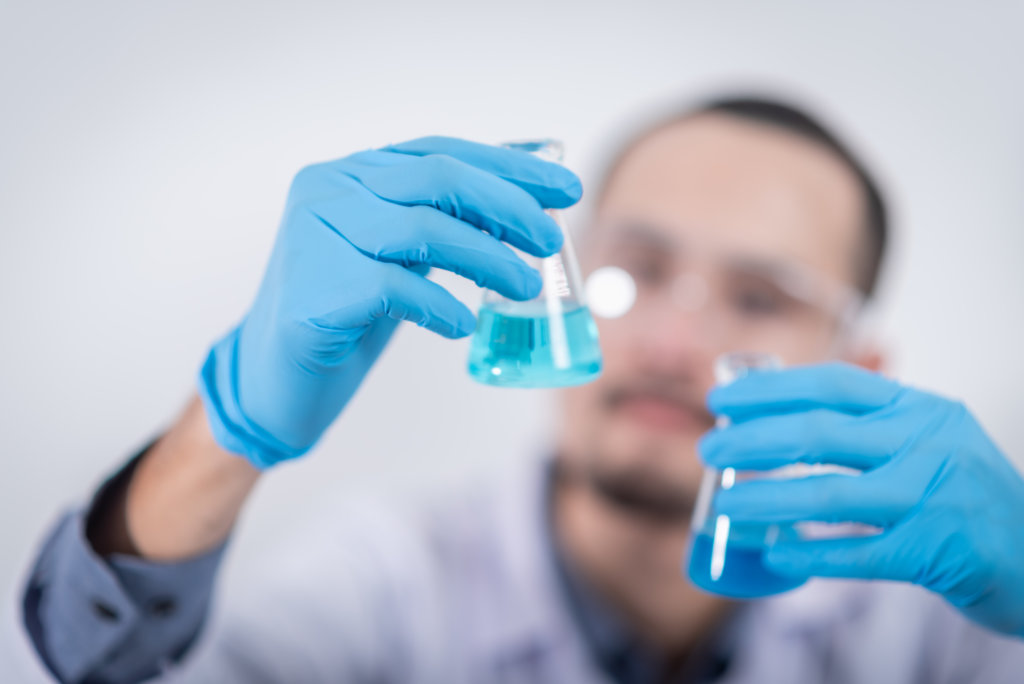Since the world of peptide synthesis is experiencing several kinds of technological advancements, there’s no looking back. Even the environmental impact of broad-scale peptide production has played an essential role. In one of the presentations, “Avakado Media Peptide Conference,” the VP of strategic development and global business at Peptisyntha, Mimoun Ayoub, suggested producing around 20 kilograms of the 18-residue peptide tends to generate about 300 metric tons of solvents and several other forms of waste. Such waste materials get magnified for companies that manage plenty of commercial peptides at any suitable time. Furthermore, the logistical angle for waste storage, separation, and disposal can induce a significant burden.

Image source: Pexels
Even though solvents’ recycling process might be prevalent for a significant amount of peptide products, Dr. Ayoub suggested that one should form a fair cost assessment. All the solvents that come out of the production unit get mixed all the time. Later in the process, separation conducted by distillation needs a considerable amount of investment, which, in turn, adds to the space utilization and analytical testing/release.
Since crude peptide purification is the driving force behind peptide costs, Dr. Ayoub states that a crude synthetic product’s initial purity tends to be an essential factor in reducing processing costs.
Pay Attention to Each Detail
For any CMO, the purification technology, evolution of synthesis, and evolving customer demands give way to innovation. Another Ph.D. holder, Jan Pawlas, a member of the support team and process development at PolyPeptide Group (PPG), stated a couple of overarching trends. One, the increased focus laid upon peptide manufacturing’s economic aspects and demand for summarized delivery times.

Image source: Pexels
However, Dr. Pawlas says that an efficient and well-developed solid-phase synthetic process is ideal not just for small to medium scale of production, but also remains competitive enough for producing longer sequences, larger-scale processes, and complex peptides. One of the vital keys is to optimize the development process and achieve an efficient conversion to produce further high-purity peptides that are crude synthetics. This minimizes every demand made on downstream processing. Dr. Pawlas says that if you require extensive purification, then the liquid-phase synthesis becomes more competitive.
The route to more cost-effective peptide synthesis (solid-phase) starts with an experience and knowledge base that enables a CMO to cut short the process development time and opt for a synthetic route.
Is it Long Peptide or Protein?
With an increase in the length of therapeutic peptides, the system faces several synthetic challenges, put forward by a Ph.D. scholar, Hazel Moncrieff. She is a senior group leader at GMP peptides. Errors found amid the amino acid give way to an increasing peptide strand that later gets compounded. Such a situation can significantly compromise the final product’s quality.

Image source: Pexels
An essential factor in producing long peptides is the resin selection for optimizing, forming peptide’s solubility, and minimizing aggregation. One of the other vital factors is categorizing a post-synthesis product and the requirement for resolving analytical processes like LC/MS and UPLC to differentiate impurities and full-length peptides.
These are peptides that have been shortened because of the lack of complemented amino acids. Furthermore, those that have eluted together along with a full-length molecule amidst the separation system. There are many types of peptides and one of which is BPC 157. These are peptides that have been shortened because of the lack of complemented amino acids. Furthermore, those that have eluted together along with a full-length molecule amidst the separation system. You can see the full review of BPC 157 for more information.
Applying Six Sigma
The peptide manufacturing and synthesis system can have around an upwards of 50 steps, which, in turn, introduces a massive margin for error. Such a process also leads to a substantial opportunity to process optimization. If you compare this to other synthetic methods, for which a product yield of around 96%–98% seems sufficient, you will have to leave out a little product at the end of the entire system.
However, in peptide manufacturing, you require an average of 99% yield after every step. There are no rooms for error, stated by another Ph. D. scholar, Didier Monnaie, a project leader at Six Sigma Black Belt and Lonza. The scholar describes this implementation of six sigma at his department’s peptide manufacturing facility for around four to five years.
Understand The Strength of The Market
The increasing pipeline at the facilities of Bachem paves the way for a growing number of peptide manufacturing projects. Several development projects are currently underway with other organizations. Most of these projects are going through preclinical Phase III, which climbed around 138 in 2010 from 120 in 2009. However, phase III projects faced an increase from 15 to 25.

Image source: Pexels
Similarly, all the manufacturing projects producing peptides in the market (either for introduction into additional countries or new indications) rose from 71 to a staggering figure of 86.
Final Thoughts
With several companies coming into a fix to produce and synthesize peptides, their quality might experience deterioration at times. However, several other scientists, departments, and organizations are present optimizing peptide synthesis the right way, some of which are mentioned in the article.













